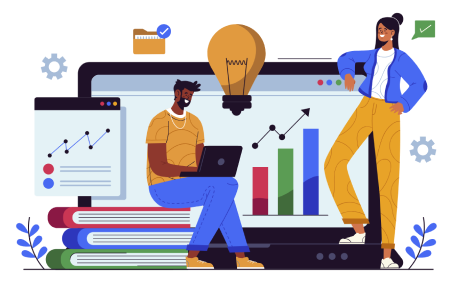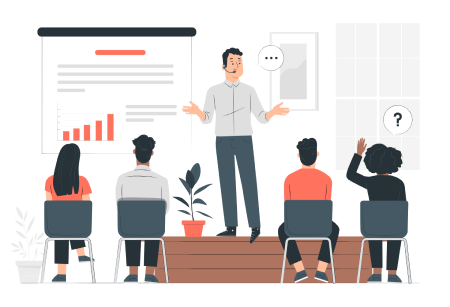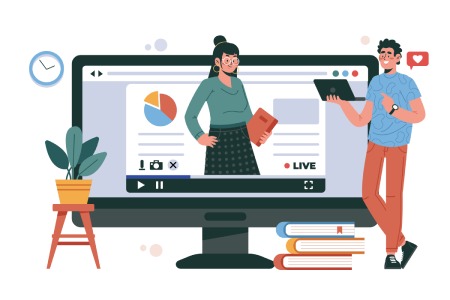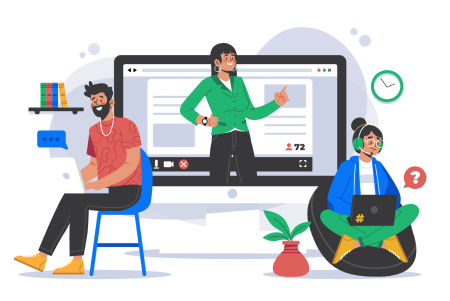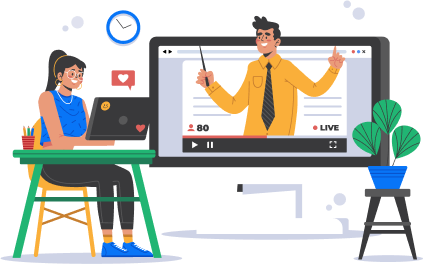Learning is a continuous process, and not just limited to classrooms or to a specific age group. It is a way to stay updated and ahead of the curve.
Unlike children, adults are considered self-directed learners, driven by intrinsic motivation. Motivation to look for opportunities, build skills and enhance one’s performance. Moreover, development opportunities are the second most important factor for individuals to stay at a job, followed by the nature of work.
Adult learning theory is an interesting space and significant for building the right learning and work culture for organisations. The scope of adult learning expanded with Mack Knowles development of ‘andragogy’, an antonym to pedagogy. Angragogy is the “art and science of teaching adults”.
Adult learners and young learners process information and learn differently from each other. Adult learners can be characterised differently based on their preference for self-directed learning, use of life experiences to connect new information, willingness to learn with a shift in their professional roles, application of knowledge and driven with intrinsic motivation.
Here are a few ways, adult learning can be applied and integrated into your organisation’s work culture:
#1 The role the learners play: The transition from dependent to independent is quite significant within adults. Hence, it is extremely crucial to engage learners from the start, to gain their attention and interest.
At Zenfide, our workflow is centred around learner requirements and what formats are high on their preference list. Our skill mapping and growth tracking metrics give choice and accountability in the hands of the learners, which increases their engagement and turnover rates.
#2 Validating experiences: Experiences of adult learners are more varied and a great determinant of how they respond to information. Hence, the learning experiences need to account for and validate existing knowledge to build new skills.
To account for the learners’ existing knowledge and experience, our skill assessments help us understand them better. It enables us to create better learning strategies for unlearning, learning and relearning, for different professionals.
#3 Readiness to Learn: Willingness and innate motivation to learn is primary for adult learners. Adults are more willing to learn when the skill is very much needed or they find it missing within their skill sets.
Micro-learning sessions meet the learning needs of the individual and create better information retention and impact.
#4 Nudges and Orientation towards learning: As adults or professional orientation towards learning takes a shift from subject to problem. Hence, targeting the problem and skill need is primary to building the right learning program.
#5 Motivation to learn: Motivation is of two kinds, extrinsic and intrinsic. Extrinsic motivation can be due to a requirement, or a reward to finish a task. On the other hand, intrinsic motivation is driven by the requirement to learn something for personal growth.
To engage and build intrinsic motivation, our gamified learning strategy with the right nudges plays an important role in driving teams and learners. It not just boosts engagement, but also information retention, participation in practical activities and integration into their daily routine.





